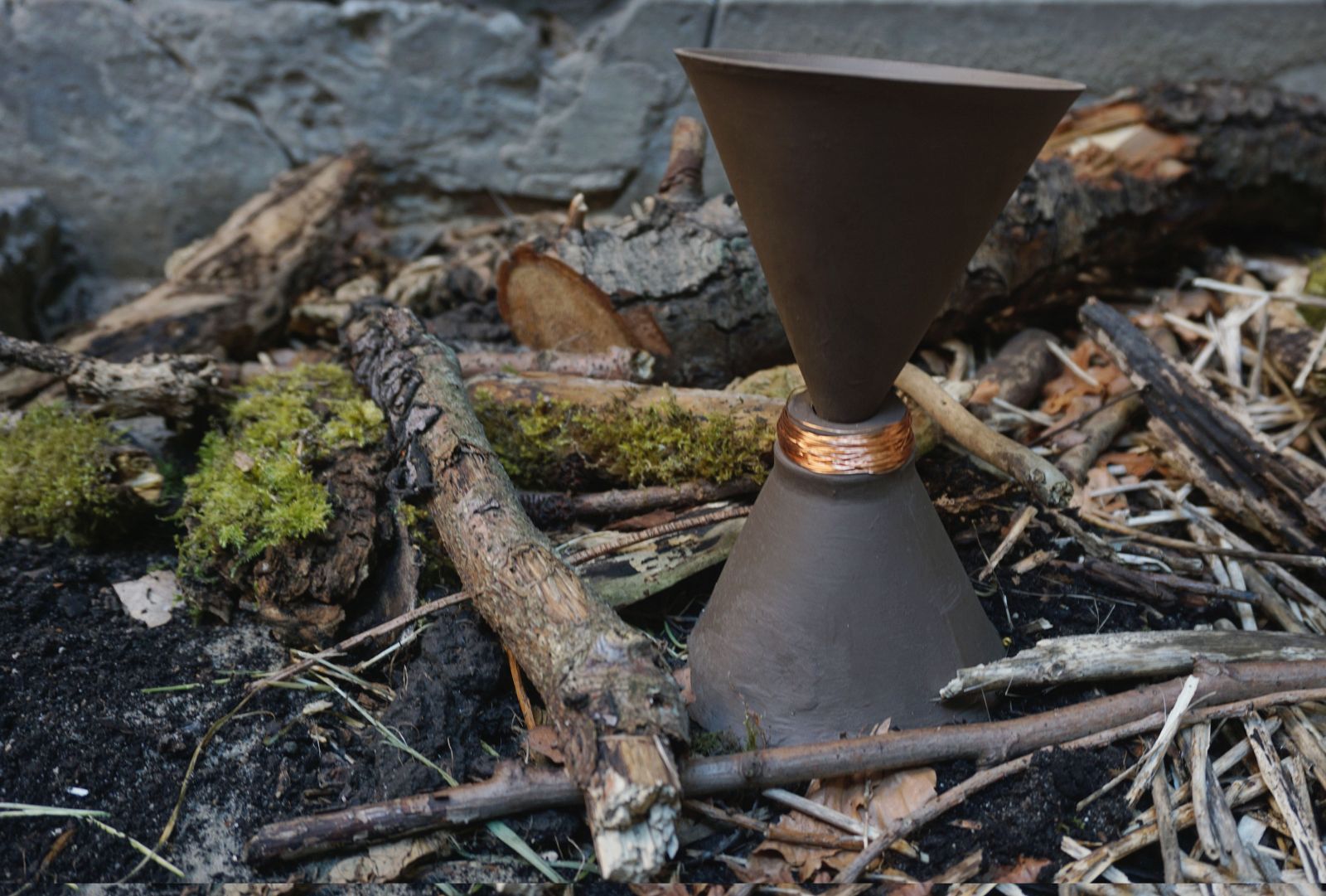
Christine Hvidt
christinehvidt.dk/
0031 6 38 29 13 85
christinehvidt@gmail.com
With this (re)search, I have offered attention to the overlapping lifeworlds of different species and other-than-human-conditioned perspectives. On a fundamental level, I explore how to create circumstances for becoming better familiar with our fellow planet mates (as evolutionary biologist Lynn Margulis would call them) and their lifeworlds. How to include a wider variety of lifeforms and their voices into our human consciousness and experience? On the longer term, how to make artistic circumstances for sincere creative processes where reciprocal interaction between different species is non-superficial and where other species have a space for expression?
The project focuses on strengthening the bodily sense capacities and technological perspectives that expand beyond the bodily range of perception, with attention to the soil ecologies. Soil is a crucial living system that supports key biogeochemical cycles and advanced ecological systems. Edaphon is that which lives in the soil — the vast and diverse underground network of plants, nematodes, bacteria, fungi, earthworms, arthropods, and mammals.
The sound installation Edaphon explores the living soil and relations with and amongst the life unfolding within the seemingly silent underground. A multitude of coil clay sculptures each rings humble sounds that form sonic silhouettes of the vibrant bodies under the surface. Through this open-ended sound composition, the installation allows access to a place beyond the human-scaled environment where Edaphon becomes an instrument for listening and giving careful attention to the underground world above us.
Other methods, such as long-term listening; collective listening sessions; performance techniques; imaginative poetics; writing; and sound composition, all together guides the participants and me towards building familiarity with the soil biota by opening up the imagination and the senses from different perspectives.
This ongoing research project, including the thesis titled “Some principles for symbiotic practices”, has become the starting point for a much deeper exploration into the ecological aspects of our reality and specifically the relation to the lands and soils on which we base our existence.